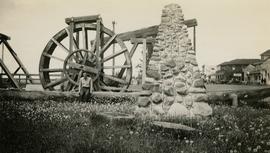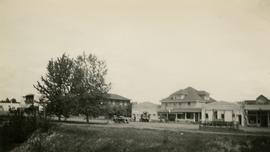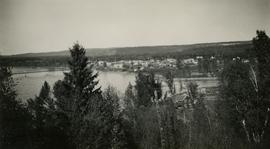Subseries contains material collected and created by Kent Sedgwick for research on various areas in British Columbia and Alberta. Includes written notes by Kent Sedgwick, pamphlets, and newspaper clippings relating to towns and settlements. These areas include Quesnel, Likely, the Yukon Telegraph Trail, Barkerville, Wells, the Cariboo region, Fort Alexandria, Soda Creek, the Chilcotin region, Jasper, the Rocky Mountains, Mackenzie, Tumbler Ridge, the Peace River region, Fort St. James, the Omineca region, Kitimat, Lethbridge, the Bulkley Valley, and Fort Mcleod. These files cover a variety of topics including Chinese people in British Columbia, land settlement, tourism, and historic information on the regions.
Elements area
Taxonomy
Code
Scope note(s)
- Claiming, settling, and moving to a new land
- Land titles, distribution, grants, etc.
- Community and regional settlement patterns
- Land settlement companies
- Land surveys and surveyors
- Real estate companies and activities
- Organizations involved in sponsoring and supporting immigrants
Source note(s)
- MemoryBC Subject Groups


